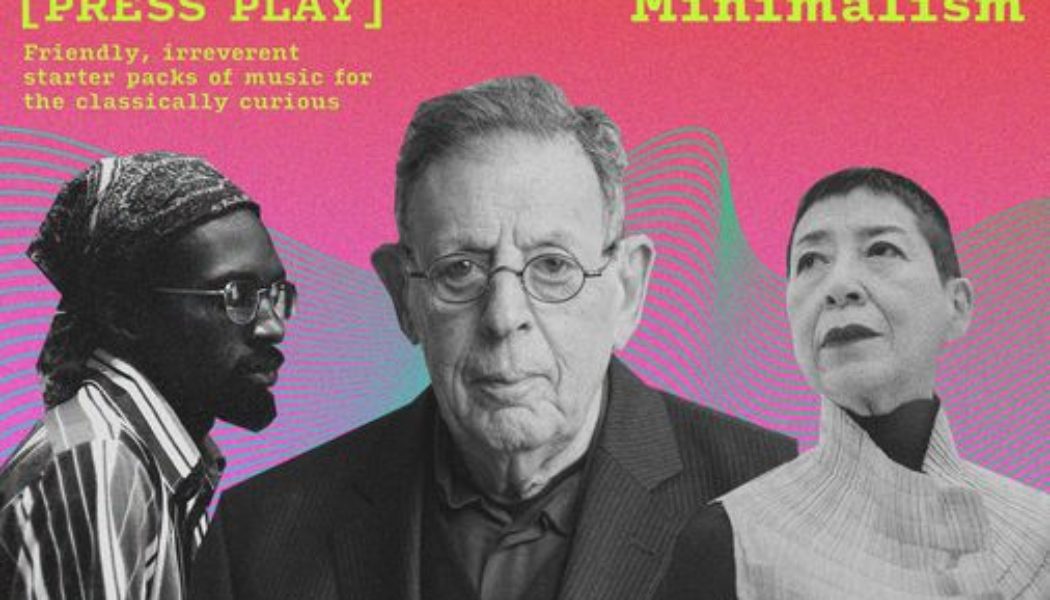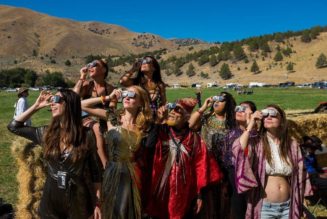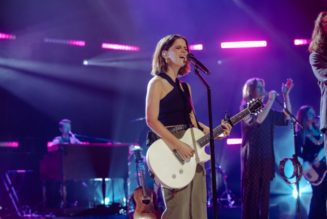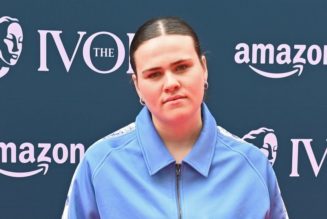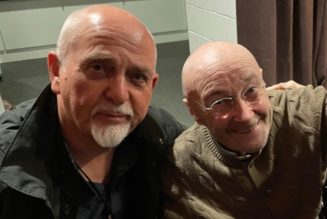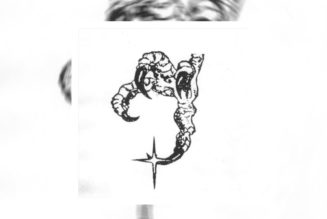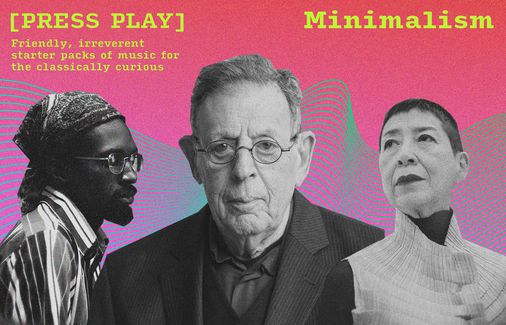
Minimalism. For non-musicians right now, the word calls to mind the gospel of decluttering, capsule wardrobes, or bland home designs involving beige color palettes and coffee table books no one actually reads. But minimalism in any of its forms has never just been about having less; it’s about doing a lot with a little.
In the new book “On Minimalism,” out April 25, musicologists Kerry O’Brien and Will Robin posit that the first American minimalist musicians found “a pathway out from the cul-de-sacs of earlier avant-gardes” in the repetitive, hypnotic rhythms and grooves of South Asian and African music, which had only just started to become accessible to anyone with a record player. From that seed, minimalism flowered in many directions and offshoots, with no two exactly the same. To learn more, simply lend an ear to these six minimalist pieces.
“Glassworks”: Philip Glass
If you’ve heard of any minimalist composer, it’s probably this man, who has used simple repeating patterns of melody and rhythm to construct upward of 20 operas, 14 symphonies, 12 concertos, too many film scores to count . . . the list goes on. So distinctive is his style that even “South Park” parodied him. Where does one even begin? Start small with this intimate 1982 album: six movements, none longer than 7½ minutes, which Glass created as a home listener-friendly alternative to his music for opera house and concert hall. The widely varied instrumentation — solo piano here, wind instruments and synthesizer here — ensures that “repetitive” doesn’t overlap with “boring.” If you love this, watch the dizzying film “Koyaanisqatsi” next.
“Music for 18 Musicians”: Steve Reich
One Monday morning last summer, I was riding along the Mass Pike in the passenger seat of my partner’s car, frantically trying to finish writing the weekend’s Tanglewood review. I put “Music for 18 Musicians” on the car speakers, hoping it would inspire my brain to get going. While it succeeded in doing that, it also inspired my partner to do his best impression of a science documentary narrator (”on this episode of ‘Nova’…”) over the music, so I’m surprised I got anything done. But I can’t blame him: Close your eyes and listen to the pulsating percussion and tell me you don’t see synapses firing, nebulae expanding, and flowers blooming and withering in time-lapse.
“Book of Days”: Meredith Monk
As a composer and performer, Monk’s enduring obsession is the human voice as an expressive instrument. Whether she’s singing on her own or with an ensemble, you can expect to hear song woven from breathing, humming, nonsensical syllables, vocal percussion — pretty much anything but words. The Coen brothers used Monk’s vaguely not-safe-for-work “Walking Song” to set the scene for a topless aerial entrance by Julianne Moore’s performance artist character/caricature in “The Big Lebowski,” but for a more three-dimensional sampler of the composer’s universe, look to the album “Book of Days,” which Monk created to accompany a film of the same name. If you only have time for one track, ascend with “Dawn.”
“The Holy Presence of Joan d’Arc”: Julius Eastman
Julius Eastman proudly described himself as “Black to the fullest, a musician to the fullest, and a homosexual to the fullest” in a music scene dominated by white men. He was known for his charisma and the deliberately controversial titles (“Gay Guerrilla” is the most printable of these) he gave to his mesmerizing pieces, but he died homeless in 1990 at the age of 49 and many of his scores were lost. However, a group of scholars, performers, and friends of the composer united around preserving his music, and the movement has only grown in the past decade. The missing score for “The Holy Presence of Joan d’Arc,” an explosive piece for 10 cellos, was painstakingly reconstructed by cellist Clarice Jensen from an archival recording.
“Tabula Rasa”: Arvo Pärt
When Estonian composer Arvo Pärt was in his mid-30s, he suffered a creative crisis and stopped composing almost entirely for several years. By the time he resurfaced, he had undergone a religious conversion to Orthodox Christianity, and his love for medieval chant and other early liturgical music manifested in his signature compositional style, which he called “tintinnabuli,” derived from the Latin word for “bell.” The first movement of the double violin concerto “Tabula Rasa” is a primal roar that feels like nothing less than being inside a giant bell, while the second movement slowly descends to Earth.
“Through the Looking Glass”: Midori Takada
When the Western concert music canon grew stale for Japanese percussionist Midori Takada, she found inspiration in minimalist composers like Reich and Terry Riley and various traditional musics from Africa and Asia. All these influences united beautifully in her first solo record, “Through the Looking Glass,” which fizzled on release in 1983. The story may have ended there had someone not uploaded the album to YouTube, where somehow it made its way into many listeners’ recommendations. Word spread, the out-of-print album became a coveted item, and record labels got in touch with Takada, who had been completely unaware that her music had enchanted a new audience. Hit play, and let yourself float.
Through the Looking Glass is not available on streaming services.
Lend a listen to these minimalist pieces:
A.Z. Madonna can be reached at az.madonna@globe.com. Follow her on Twitter @knitandlisten.
